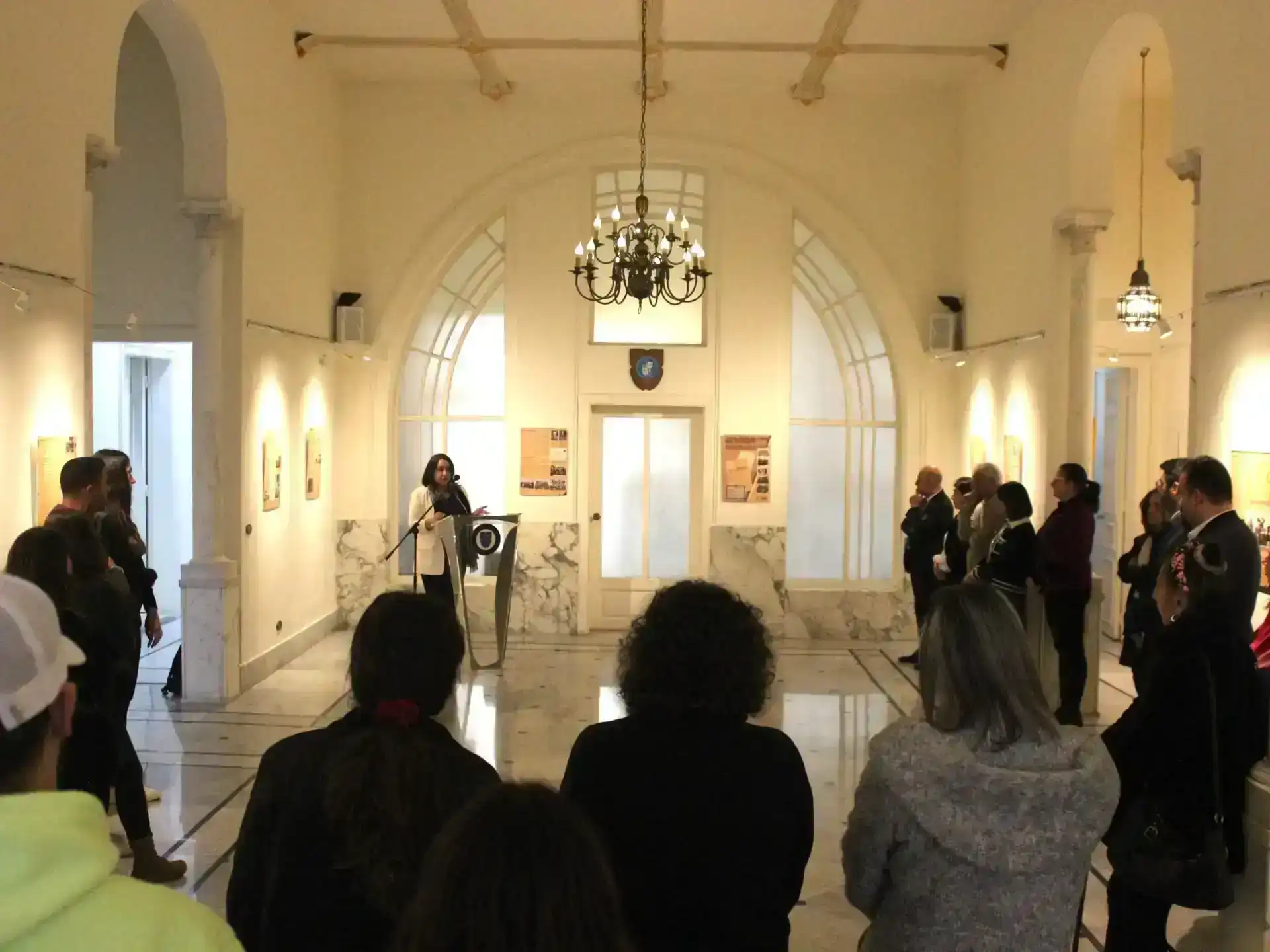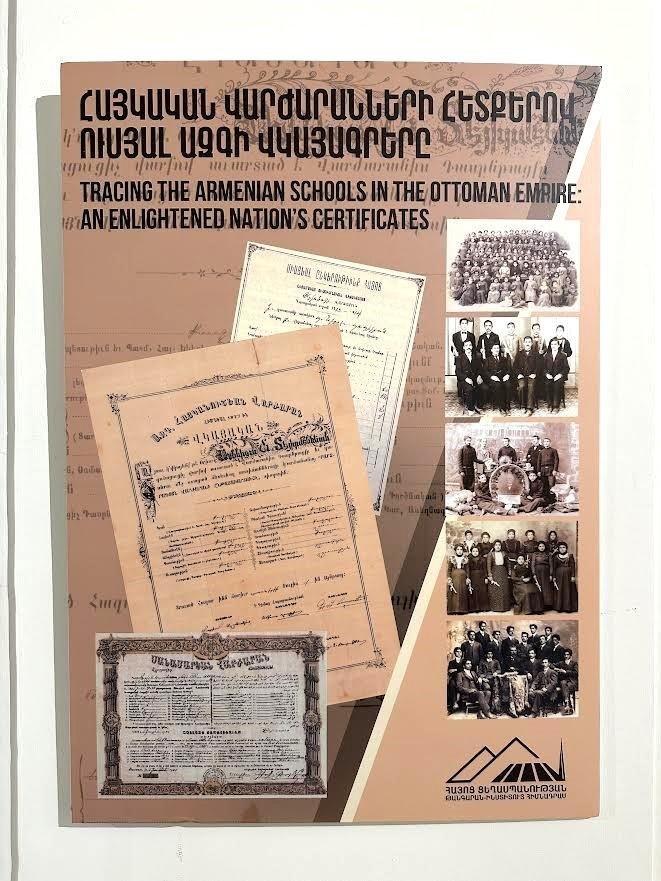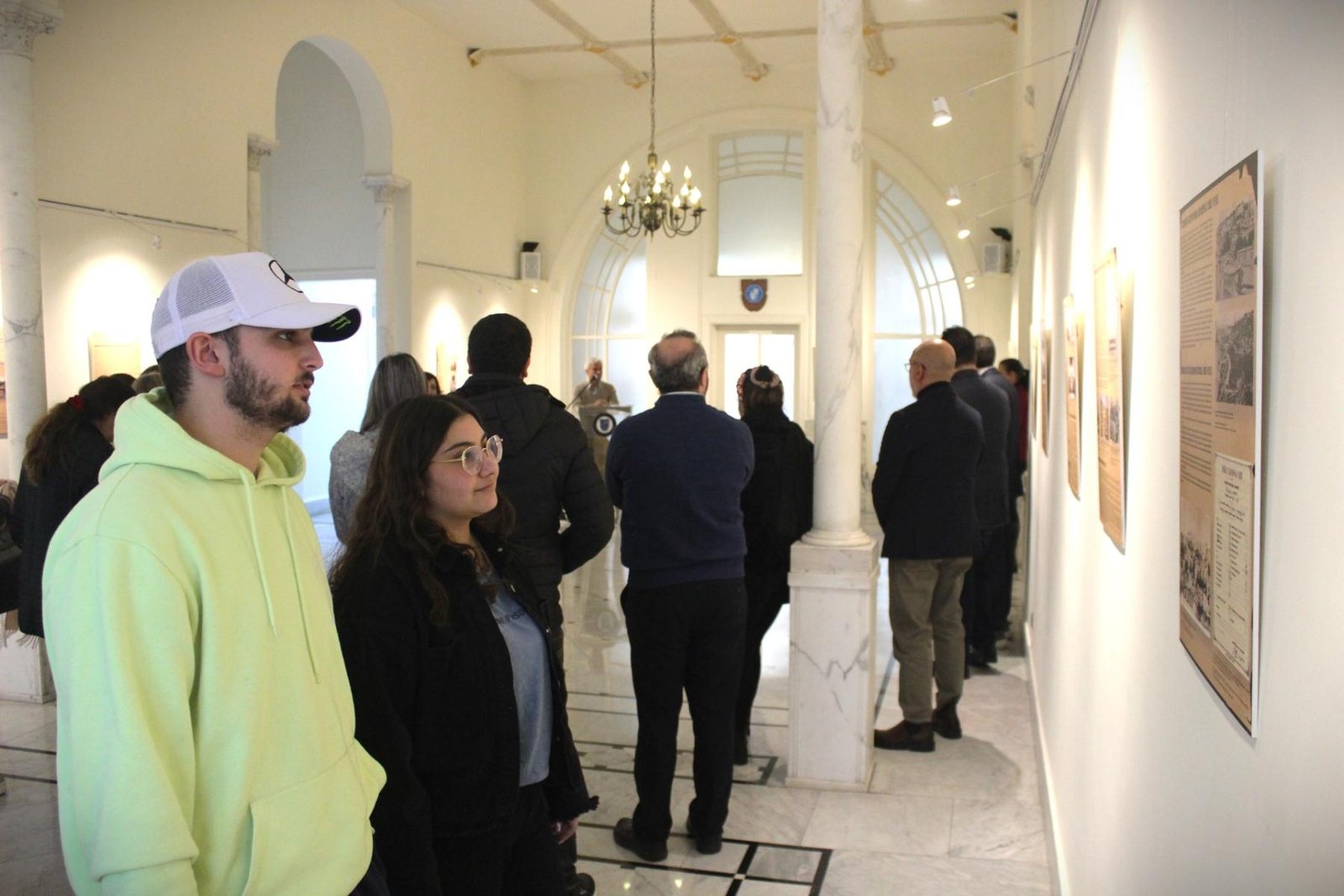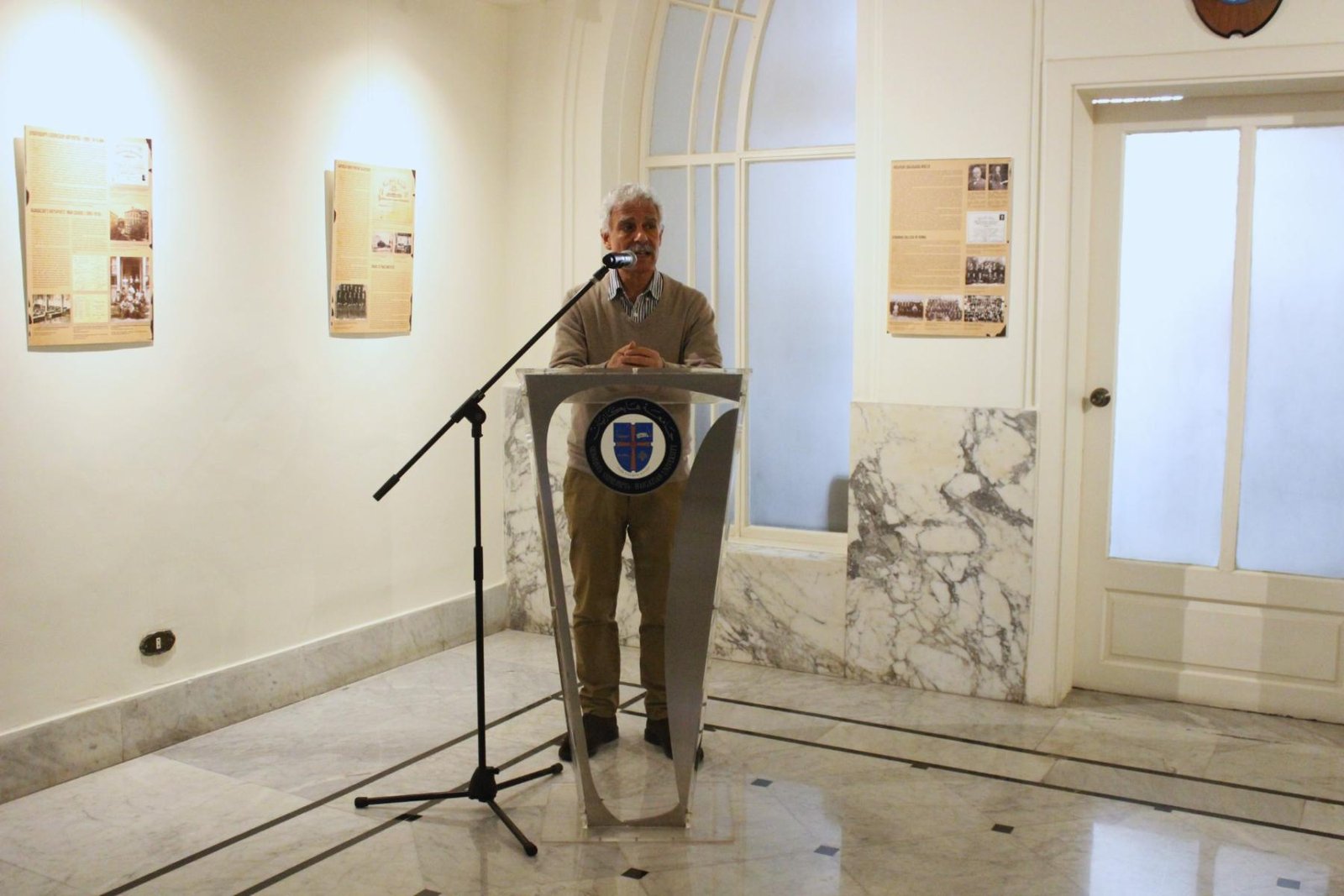
January 30, 2025- As part of its 70th-anniversary celebrations, Haigazian University, in collaboration with the Armenian Genocide Museum – Institute of Dzidzernagapert (Yerevan), hosted a special exhibition titled “The Western Armenian Educational Effort: Educational Networks and Output in the Pre-Genocide Period” at the Matossian Gallery of the Mugar Building. The exhibition was inaugurated by Dr. Seda Parsamyan from the Armenian Genocide Museum-Institute of Dzidzernagapert (Yerevan), highlighting the rich educational heritage of Western Armenians before the Armenian Genocide.
During the pre-Genocide period, over 2,000 Armenian schools spread education, knowledge, and enlightenment to Armenian communities across the Armenian Vilayets (Eastern Anatolia), Cilicia, Constantinople/Istanbul, and other parts of the Ottoman Empire, particularly in Asia Minor. These schools were established and operated by various Armenian denominations, educational organizations, and compatriotic unions, reflecting the deep commitment of Armenians to education and cultural advancement.
The exhibition showcased 18 large bilingual posters, categorizing the different types of Armenian schools and colleges that existed at the time. Some institutions focused on agriculture and sericulture, while others were dedicated to general education. Missionary schools played a crucial role as well, with notable examples including St. Paul’s College of Tarsus, Central Anatolia College, and Jenanian College of Konia, the latter led by Dr. Armenag Haigazian, the namesake of Haigazian University.
Through this exhibition, Haigazian University reaffirms its commitment to preserving Armenian educational heritage and honoring the legacy of Armenian educators who, despite immense challenges, remained steadfast in their pursuit of knowledge and enlightenment.


